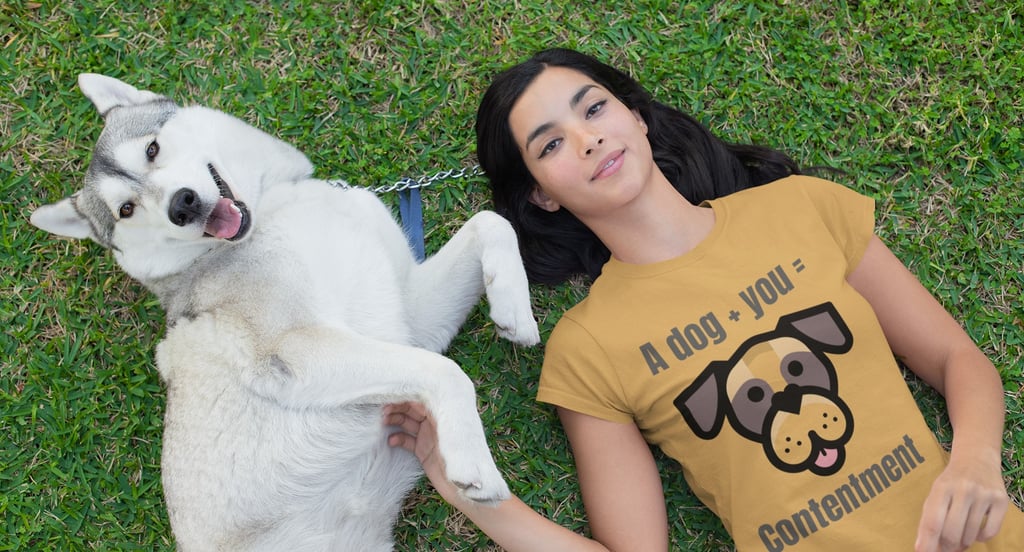Dogs: Our Favorite Pets and the History of Domestication
PETS
2/15/20243 min lire


When it comes to pets, dogs have undoubtedly earned the title of man's best friend. These lovable creatures have been adopted into families all over the world and have become an integral part of our lives. But have you ever wondered how dogs evolved from wild wolves into the diverse range of breeds we have today? Let's delve into the fascinating history of the domestication of wolves and the journey that led to our beloved dogs.
From Wild to Domesticated
The story of the domestication of wolves into dogs is a tale that spans thousands of years. It is believed that the process began around 20,000 to 40,000 years ago, when humans first formed settlements and started to rely on hunting for survival. Wolves, being highly intelligent and social animals, were drawn to these human settlements in search of food scraps.
Over time, humans and wolves developed a mutually beneficial relationship. Wolves provided protection, assistance in hunting, and companionship, while humans offered a steady food supply and shelter. This symbiotic bond gradually led to the domestication of wolves, as the friendliest and most adaptable individuals were selected for breeding.
The Birth of Breeds
As humans continued to refine their breeding practices, distinct breeds of dogs started to emerge. The process of selective breeding allowed humans to emphasize certain traits and characteristics in dogs, such as size, coat type, and temperament, to suit their specific needs and preferences.
One of the earliest examples of selective breeding can be seen in ancient Egypt, where different dog breeds were depicted in hieroglyphics and tomb paintings. These depictions show dogs that closely resemble modern-day Greyhounds, Dalmatians, and Mastiffs.
Throughout history, dogs have served a variety of purposes, including herding livestock, guarding property, and even assisting in hunting. This diversity in roles further contributed to the development of different breeds with specialized skills.
The Role of Charles Darwin
In the 19th century, the work of Charles Darwin shed further light on the evolution and domestication of dogs. Darwin's theory of natural selection explained how certain traits could become more prevalent in a population over time through the process of "survival of the fittest."
Applying this theory to dogs, it became clear that the selection of specific traits through breeding played a significant role in shaping the various breeds we see today. Darwin's observations helped solidify the idea that dogs were indeed descendants of wolves and had undergone significant changes through domestication.
Modern Dog Breeds
Today, there are hundreds of recognized dog breeds worldwide, each with its own unique characteristics and traits. From the tiny Chihuahua to the massive Great Dane, there is a dog breed to suit every preference and lifestyle.
The American Kennel Club (AKC) recognizes 197 different breeds, which are classified into seven groups based on their shared characteristics. These groups include sporting, hound, working, terrier, toy, non-sporting, and herding breeds.
While some breeds still retain their original working abilities, many dogs today are primarily kept as companions and family pets. Their loyalty, affection, and ability to form deep bonds with their human counterparts have made them an indispensable part of our lives.
The Future of Dogs
As our understanding of genetics and breeding techniques continues to advance, the future of dog breeds holds exciting possibilities. With the ability to selectively breed for desired traits, we may see the emergence of entirely new breeds or the refinement of existing ones.
Additionally, the growing awareness of animal welfare has led to an increased focus on responsible breeding practices. This includes efforts to reduce genetic health issues and promote the overall well-being of dogs.
It is important to remember that regardless of breed or pedigree, all dogs deserve love, care, and a safe home. Whether they are purebred or mixed breeds, dogs bring joy, companionship, and unconditional love into our lives.
Conclusion
The journey from wild wolves to our beloved domesticated dogs is a testament to the enduring bond between humans and animals. Through thousands of years of selective breeding and companionship, dogs have become an integral part of our families and our lives.
As we continue to cherish and care for our furry friends, let us remember the rich history and the remarkable journey that brought dogs into our homes and hearts. They truly are our favorite pets and loyal companions.

